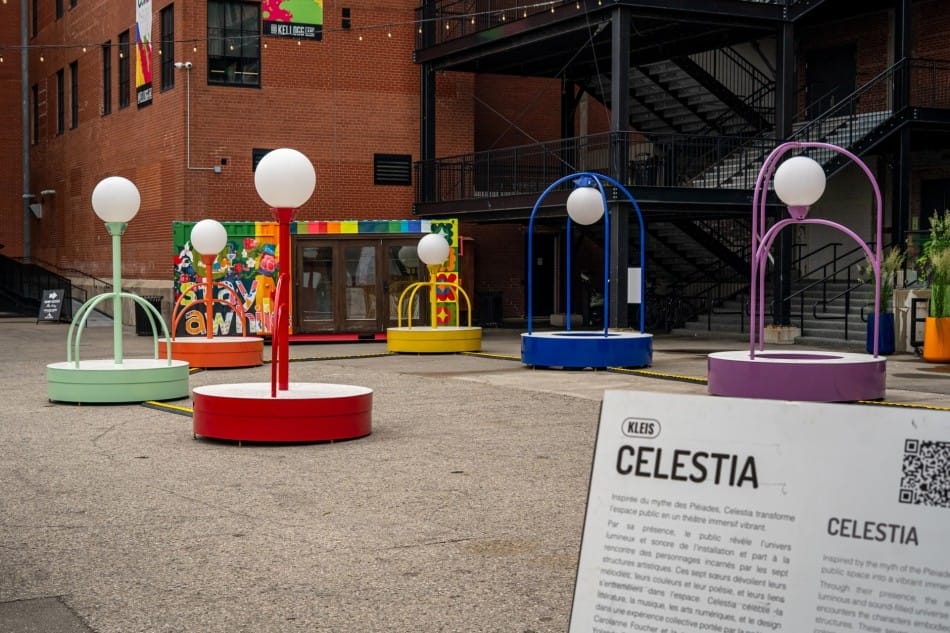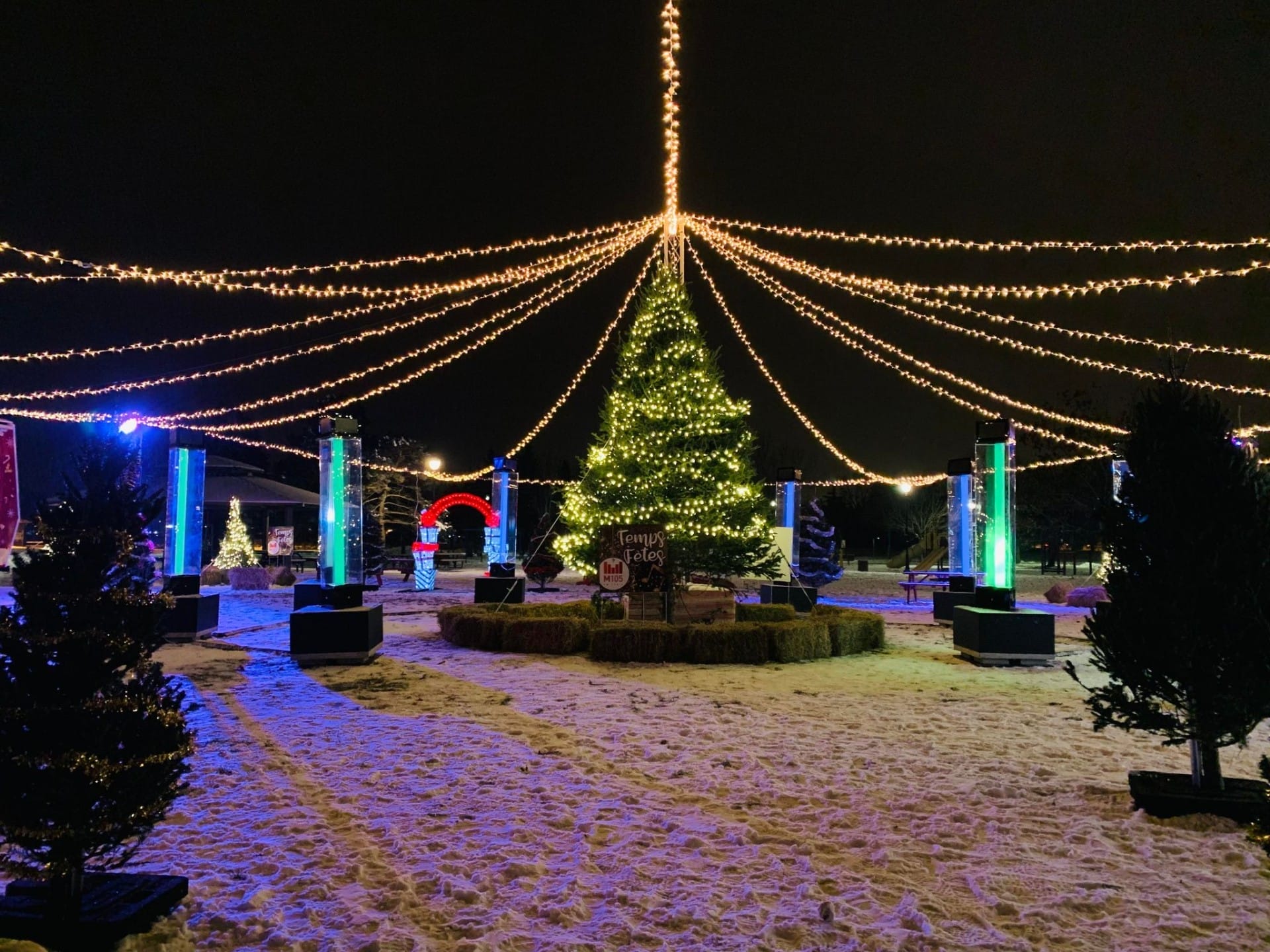July 31, 2025
Back to News
News Making Art and Culture Accessible with QDSinternational’s Installations

Celestia, London, 2025 © 100 Kellogg Lane
In a world where economic, social, or physical barriers can sometimes limit access to cultural institutions, public art emerges as a powerful tool for cultural accessibility. Whether in the form of interactive installations, murals, monumental sculptures, or outdoor digital experiences, art in public space transforms the city into an open-air museum — free, inclusive, and vibrant.
Free Access to Culture
One of the great advantages of public art is its universal nature. It requires no ticket or reservation. Accessible 24/7, it becomes part of the everyday lives of passersby, families, workers, children, and those who may not typically visit traditional cultural venues. It democratizes the artistic experience by making it spontaneous, informal, and integrated into urban life.
L’art, pour être pleinement accessible, ne peut se limiter à sa seule présence dans l’espace public ou dans les institutions. La médiation culturelle agit comme un trait d’union entre l’œuvre et le public, en offrant des outils de compréhension, de contextualisation et d’appropriation. Elle permet à chacun — quel que soit son âge, son parcours ou ses connaissances — d’entrer en relation avec l’art de manière active et personnelle.
Pour cette raison, Quartier des spectacles international est fier d’annoncer le lancement de son nouveau programme de médiation culturelle, prévu pour la rentrée. Conçu pour accompagner nos œuvres dans leurs tournées, ce programme offrira des clés de lecture accessibles et ludiques pour le public, sous forme de fiches pédagogiques et de microsites interactifs.





